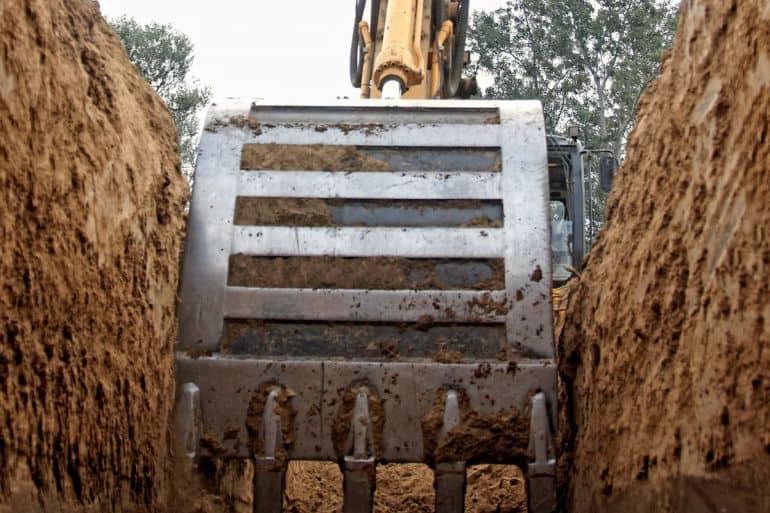
Bulk Earthworks
Bulk earthworks include the removal, moving or adding of large quantities of soil or rock from a particular area to another. It’s done in order to make an area a suitable height and level for a specific construction purpose.
Bulk earthworks are mainly performed in two ways:
- by cutting into or excavating an area of ground
- or by constructing a new area, such as an embankment by adding earth based materials to a certain location
When bulk earthworks are taking place, the aim is to reuse as much as possible of the excavated materials to prevent both the costly collection of waste material and the delivery of extra earth materials.
This is done by using specialised computer software which can calculate both the amount of material that will be removed and what will be needed to complete the job. Surveyors and engineers aim to match the soil volumes being used for both processes.
When are Bulk Earthworks needed?
Bulk earthworks are needed in order for a wide range of construction projects to be done. This can include the building of:
- Roads
- Berms
- Mines
- Highways
- Railways
- Causeways
- Levees
- Dams
- Canals
- Trenches
- Residential and commercial buildings
What types of excavations are used during Bulk Earthworks?
Excavation can be classified in two ways. Firstly by the type of material that is being excavated and secondly by the purpose of the excavation.
When classification is based upon material type, it is very important that the material is accurately identified to keep costs down and prevent technical problems occurring. Surveyors and engineers use various methods to measure how easy or hard the earth is to dig.
Four general categories are:
- Easy – loose free flowing soil or sand
- Medium – gravel with clay
- Medium to Hard – wet heavy clay, broken rock, gravel with boulders
- Hard – materials requiring blasting
Other material based classifications include topsoil, rock, earth, muck and unclassified (a mixture of earth materials) excavations.
Bulk earthworks are also classified according to purpose. Examples include roadway, bridge, structure, footing, borrow, dredge, channel and drainage excavations.
What types of equipment are used?
Heavy construction equipment is required due to the large quantities of material that needs to be shifted. Examples of equipment that is used includes:
- Graders
- Rollers
- Dump Trucks
- Bulldozers
- Drag Line Excavators
- Shovels
- Hydraulic Excavators
- Diggers
- Back Hoes
- Loaders